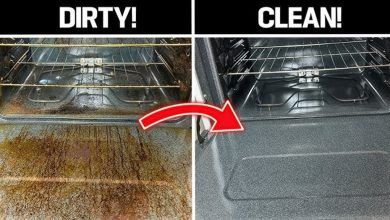Are solar panels or heat pumps more cost effective?
The UK needs better energy security and has set challenging carbon reduction targets. Therefore, home and business owners in the UK will need to play their part. One way in which we can help is by swapping from fossil fuels to renewable energy sources to heat and power our premises.
Two of the most popular fossil fuel alternatives are solar panels and heat pumps, but which is the most cost effective?
What is a solar panel?
Solar panels use photovoltaics to convert the sun’s energy into usable electricity to power your home or business. They can be used with a solar battery to store excess electricity or the excess can be sold back to the Grid.
What is a heat pump?
A heat pump uses electricity to extract heat from the environment and pumps it into the home, heating water and powering radiators. They are an alternative to gas and oil boilers.
How much are they to buy and install?
The government is currently offering grants to subsidise the cost of improving the energy efficiency of eligible properties in the UK, but the up-front costs of swapping from fossil fuels to renewables are still high.
Air source heat pumps cost circa £14,000. To derive maximum benefit, you will probably also need to upgrade your home’s insulation and potentially replace doors and windows too.
Solar panels supplied and fitted by a reputable installer such as https://gsmlimited.com will cost at least £7,860, depending on the size and style of the property, the number of panels being installed and whether a battery is needed.
What about running costs?
Heat pumps need electricity to run and with electricity being more expensive than gas, energy bills may increase following the installation of a heat pump. Conversely, solar panels can reduce your energy bill by up to 70%
The Consensus
Solar panels represent better value for money than heat pumps, reducing the cost of electricity bills from the moment that they are installed. Most homeowners see the cost of installation being outweighed by the savings after about 20 years.



